Property investment presents significant opportunities for wealth building, particularly in established areas like Berwick and Harkaway. Understanding how to secure the right investment loan and implement sound property investment strategies can determine whether your venture succeeds or struggles.
Understanding Investment Loan Options
When buying an investment property, your choice of financing plays a crucial role in overall returns. Investment loan options differ substantially from standard home loans, with lenders applying different criteria and interest rates.
Key investment loan features to consider include:
• Variable interest rate - fluctuates with market conditions
• Fixed interest rate - provides repayment certainty for set periods
• Interest-only repayments - reduces monthly outgoings during initial years
• Offset account facilities - helps reduce interest charges
• Redraw capabilities - provides access to additional repayments
Choosing Your Investment Property Type
The property type you select significantly impacts your loan application and investment returns. Each option presents different advantages:
Apartments typically require lower initial investment amounts but may experience different capital growth patterns compared to other dwelling types.
Town houses often provide balance between affordability and land content, appealing to various tenant demographics.
Stand alone dwellings generally offer stronger capital growth potential but require higher loan amounts and ongoing maintenance considerations.
Research property markets thoroughly, focusing on areas with strong rental demand and growth prospects. Consider factors like transport links, schools, shopping centres, and employment hubs when evaluating locations.
Managing Loan to Value Ratio and LMI
Your loan to value ratio (LVR) determines whether you'll pay lenders mortgage insurance (LMI). Most lenders require LMI when borrowing above 80% of the property value for investment purchases.
Strategies to manage LVR include:
- Larger deposits - reduces LVR and eliminates LMI requirements
- Using equity - leverage existing property equity as security
- Family guarantees - utilise family member's property as additional security
Calculating Investment Returns
Successful property investment requires understanding key financial metrics:
Rental yield measures annual rental income as a percentage of property value. Calculate gross rental yield by dividing annual rent by property purchase price, then multiply by 100.
Negative gearing occurs when rental income falls short of property expenses, including loan repayments. While creating tax deductions, ensure you can sustain negative cash flow periods.
Capital growth represents property value increases over time. Combine rental yield with capital growth projections to assess total investment returns.
The Application Process
When applying for an investment loan, lenders assess your borrowing capacity based on:
• Income stability and employment history
• Existing debts and credit commitments
• Living expenses and financial obligations
• Property investment experience
• Deposit source and savings history
Required documentation typically includes:
- Recent pay slips and employment contracts
- Bank statements covering several months
- Tax returns and accountant statements
- Details of existing property and loan commitments
- Property research and purchase contracts
Accessing Lender Networks
Working with experienced Finance & Mortgage Brokers provides access to investment loan options from banks and lenders across Australia. Rather than approaching individual institutions, brokers can compare products and negotiate interest rate discounts on your behalf.
This approach often results in more suitable loan features and potentially lower interest rates than direct lender applications.
Building Your Investment Property Portfolio
Once you've successfully purchased your first investment property, consider long-term portfolio expansion strategies. Each additional property should align with your overall property investment strategy and financial capacity.
Monitor rental property loan performance regularly, reviewing interest rates and loan features as market conditions change. Refinancing existing investment loans can unlock equity for future purchases or improve cash flow through reduced repayments.
Additional Costs to Consider
Beyond the loan amount, factor in additional investment property costs:
• Stamp duty - varies by state and property value
• Legal fees - conveyancing and property transfer costs
• Building and pest inspections - essential due diligence expenses
• Property management fees - if using professional rental management
• Insurance premiums - landlord insurance and building cover
• Ongoing maintenance - repairs and property upkeep
Successful property investment requires careful planning, appropriate financing, and ongoing management. By understanding investment loan features, researching properties thoroughly, and working with experienced Finance & Mortgage Brokers, you can build a profitable investment property portfolio.
Call one of our team or book an appointment at a time that works for you to discuss your investment loan requirements and explore suitable options for your circumstances.



